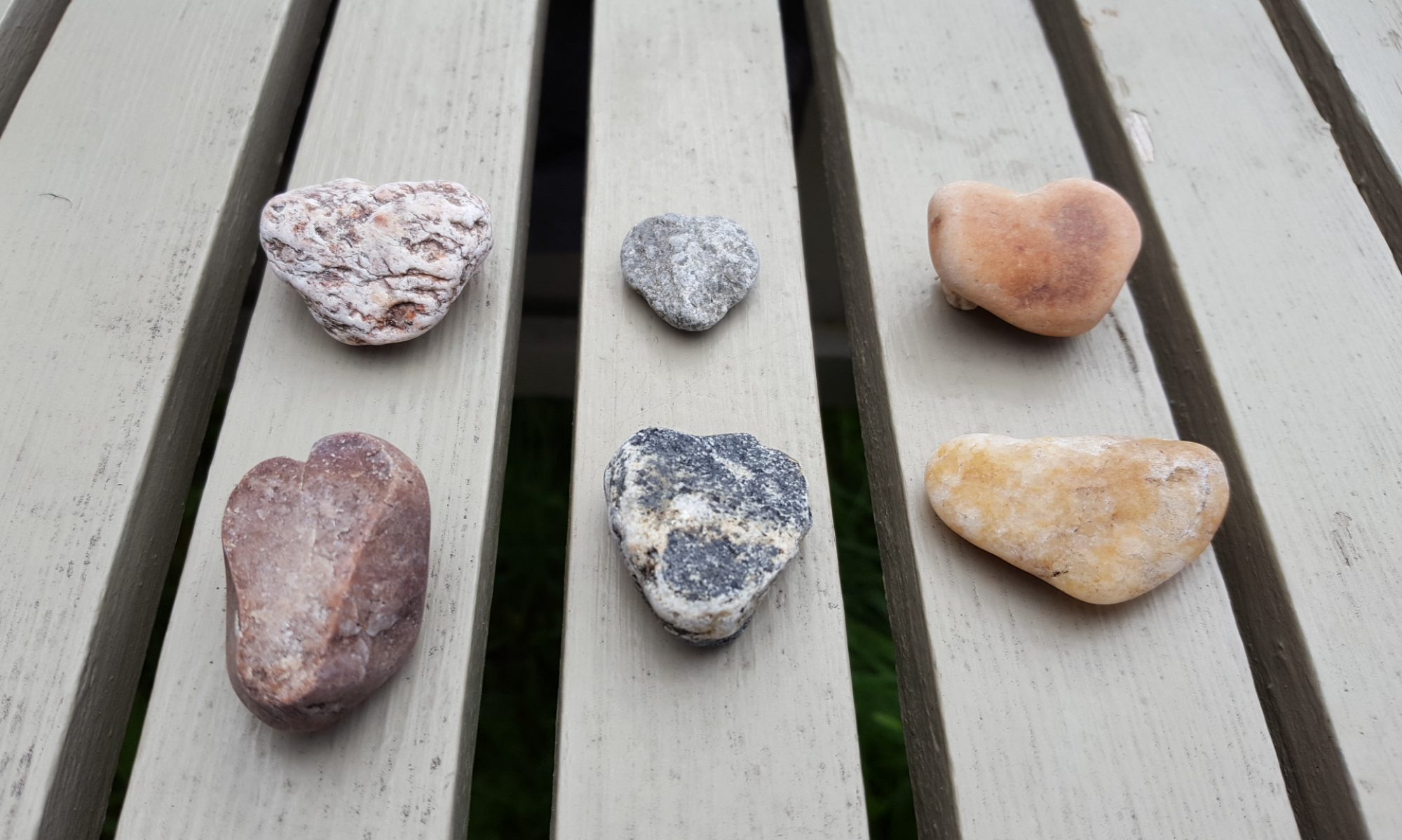The word space is interesting. It is used in many contexts…..the amount of room there between molecules, cells, tissues, organs, beings, building structures, roads, towns, hills, valleys, provinces, countries, lakes, oceans, streams, continents, islands, planets, galaxies, and perhaps universes, deep space. Space is also used to denote an arena of activity such as fashion, science, politics, literature. Space is used to describe the positioning in time, as well as in space…….so “what comes first, second, third, and so on, and at what interval of time”. Space is not context, as things contract and expand according to thermodynamic properties, elasticity, and sites of measurement. Space is also conceptual, created by architectural design, by painting techniques, by the mind’s eye and vantage point in a room, a yard, a roadway, a horizon. Space, or the amount of space one perceives as having, depends in part on what space one is used to having for living, for work, for pleasure.
It is this latter point I would like to develop a little further. As a child growing up on a large mixed grain farm in the prairies, my world of space was large. It was seemingly unlimited. It was not contained within our relatively small farm house, but rather it included the whole farm yard and its buildings, the thousands of acres we farmed, the municipality, the neighbouring towns, and a really big sky. We also had a sense of deep space because the stars were highly visible in a big vista without interference from artificial city lights. We were astronomers. Wow!
The lack of crowds out on the farm also made space seemingly expand. Once I had migrated to urban areas, across North America, and around the world, I left all of that mega-space behind. I settled for closer quarters, more people around, a smaller view of the horizon, very few stars seen, a closed in space. The homes I lived in varied in size from a few hundred to a few thousand square feet, but the space around any of them was generally smaller in day or night than where I grew up. The few exceptions would come in the mountains (where I was married), by the ocean (such as at Barking Sands Beach), or when I journeyed back to the prairies.
I have learned to live in less space. The world is cluttered with people and their creations – urbanized communities, many roadways including those with cars and trucks, those with overland or underground rapid transit, service vehicles for personal or commercial purposes. We have done the same in the stratosphere where we fly all of those planes. And, further above we have left a lot of dead satellites in the space to clutter that space. It is the nature of humans to take up space, to expand to fill the space, to put garbage or debris adrift.
My family and I have lived in variously sized homes….7 acres with a 4,000 square foot house, smaller houses on less land, owned and rented, townhouses with 1,500 square feet, duplexes with 2,000 square feet, and an apartment of 550 square feet. The apartment is interesting because it includes another 200 square feet of enclosed patio with trees, shrubs, flowers, a fountain and private space for sitting. The amazing thing is that our apartment feels comfortable, the right size, the right amount of space. This is even though there often are three people living in it, or at least two people and others occasionally visiting and staying overnight. Yet, there is a fully functional kitchen, south facing windows for good light, a lovely bathroom with a super shower, room for a king-sized bed, a small bed for guests, a warming fireplace, a couch, an entertainment centre, and a desk. This does not include the washer-dryer space, the closet space, the space for coats, hats and shoes, space for a cluster of plants, book shelves, chairs, footrests, art pieces.
We like our space. It is complemented by the walking space we have at the beach, in the forest, on the golf courses, along boulevards, in our minds. We are able to expand and contract our space in so many ways – through imagination, through rearrangement of furniture, through travel, through knowing just how much space there is in our total existence. It is huge. Our apartment is just a sliver of the space we occupy mentally, spiritually and physically. Ahhhh! Thanks for all of this space!
